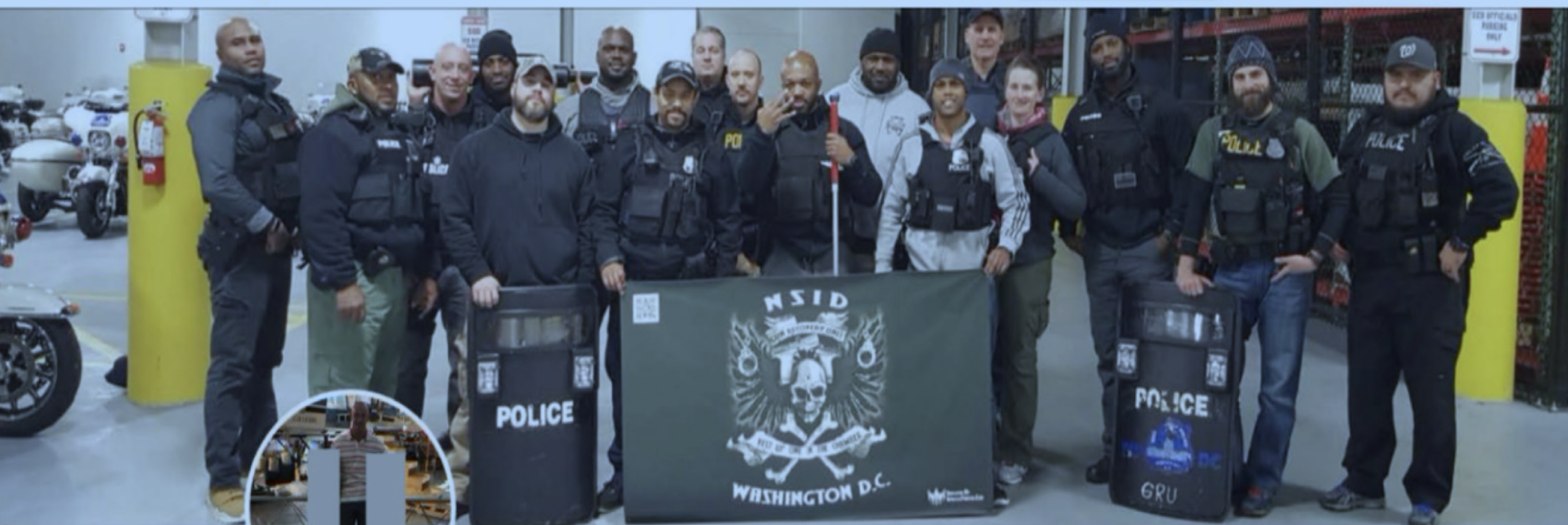
Bias and corruption in Jones v. US
D.C. Court of Appeals Judge Catharine Easterly is a true jurist. With a deep appreciation for the law, she is committed to advancing the state of the law in the District. She is an inspiration. She reminds me again and again how much I like being a lawyer.
I often feel I do not understand a particular area of the law until I have read one of Judge Easterly’s opinions explaining it to me.
She did this for me with respect to excited utterances in Mayhand v. United States, 127 A.3d 1198 (D.C. 2015). She did this with exculpatory evidence in Vaughn v. United States, 93 A.3d 1237 (D.C. 2014). And now she has done this for bias and corruption in Wonell Jones v. United States, 263 A.3d 445 (D.C. 2021).
Jones will be the landmark case on these two issues. That is, until Judge Easterly decides to tackle them once again.
***
The trial court in Jones had prevented defense counsel from showing the jury a photograph of the arresting officers from the notorious gun recovery unit (GRU) of the Metropolitan Police Department.
Posted by one of the GRU members on a social media account, the photograph showed 17 members of the unit posed in front of a large banner depicting a large skull with a bullet hole in its forehead and crossbones underneath. There is an apparent motto at the bottom of the banner: “Vest Up, One in the Chamber.”
The GRU is notorious in the District for its aggressive jump-out tactics targeted largely at young black men. Three of the officers who participated in the arrest of Wonell Jones are included in the photograph.
Defense counsel sought to use the photograph to explore two types of bias: the GRU officers’ motivation to curry favor with the government because of an open grievance against them and the bias that is inferable from the officers’ participation in the photograph. As defense counsel put it on this latter point, the banner “is a symbol of, to a certain extent, oppression that it’s also a symbol of authority, and that the skull and crossbones . . . and the bullet hole in the head of the skull is a symbol that this is what happens to people who cross us.”
The prosecutor argued that the officers slated to testify had been “exonerated” of the grievance lodged against them. The prosecutor also argued that the defense was trying to paint the GRU members as racists and that it was trying to cross-examine them with “propensity” evidence.
***
Jones defines bias to includes not only a favorable or friendly feeling toward a party but also hostility against a party, a motive to lie out of self-interest, and/or corruption. Corruption is defined as “a propensity or willingness to thwart the ascertainment of truth in a judicial proceeding.”
Bias is never a collateral issue, and a party can always introduce extrinsic evidence of it. A party need only have a “reasonable factual foundation for a line of bias questioning. This, Jones points out, is a “fairly lenient requirement.”
Moreover, bias can also include questioning with respect to prior bad acts. As for the suggestion of racism that was implicit in the photo, the court found that racism is perhaps the “plainest example of bias” of all.
***
The trial judge therefore erred in refusing to admit the evidence. However, the court held, this error was harmless – in other words, it did not affect the outcome.
Judge Steven Berk presided at trial. Mr. Jones was represented by Steven Polin at trial and by Sicilia Englert on appeal.
